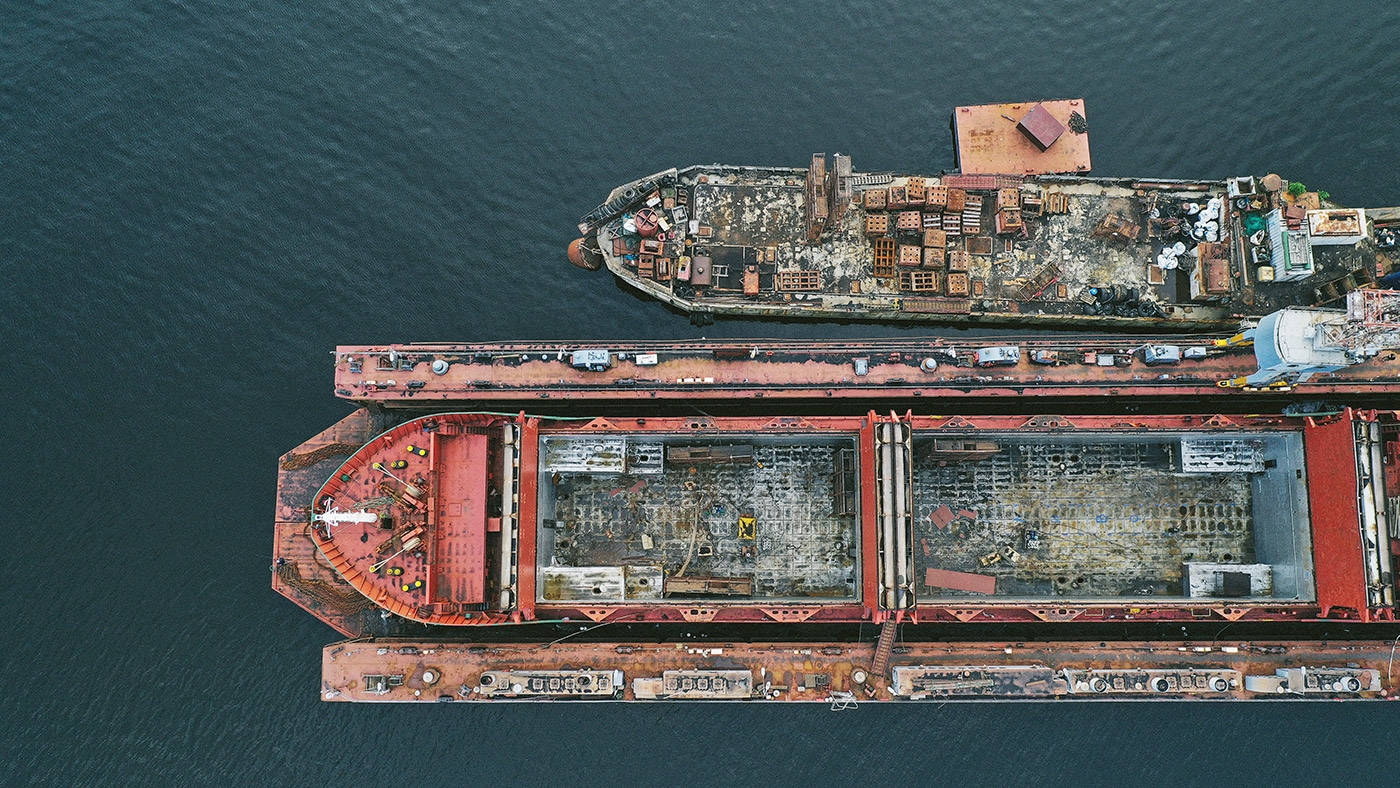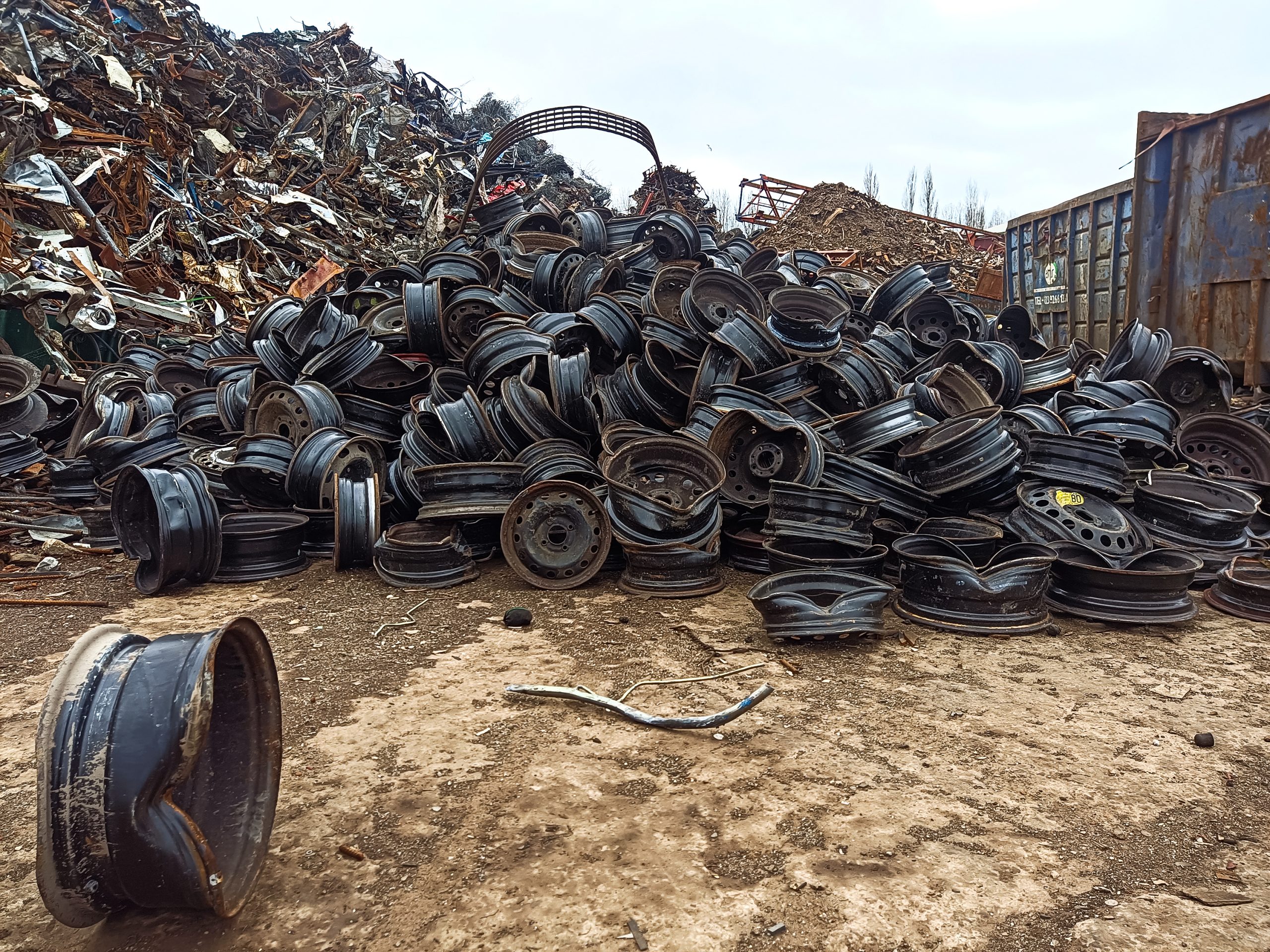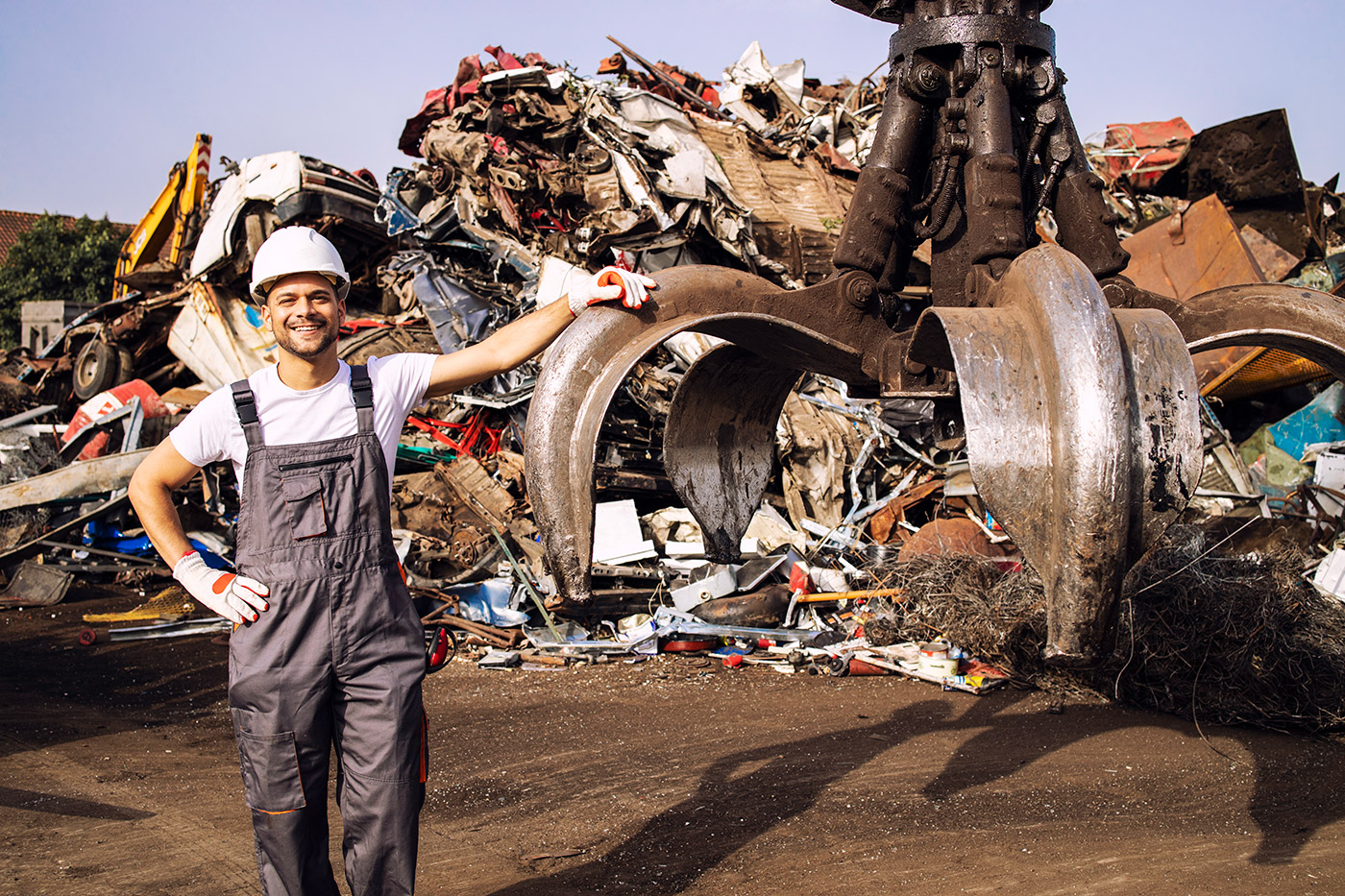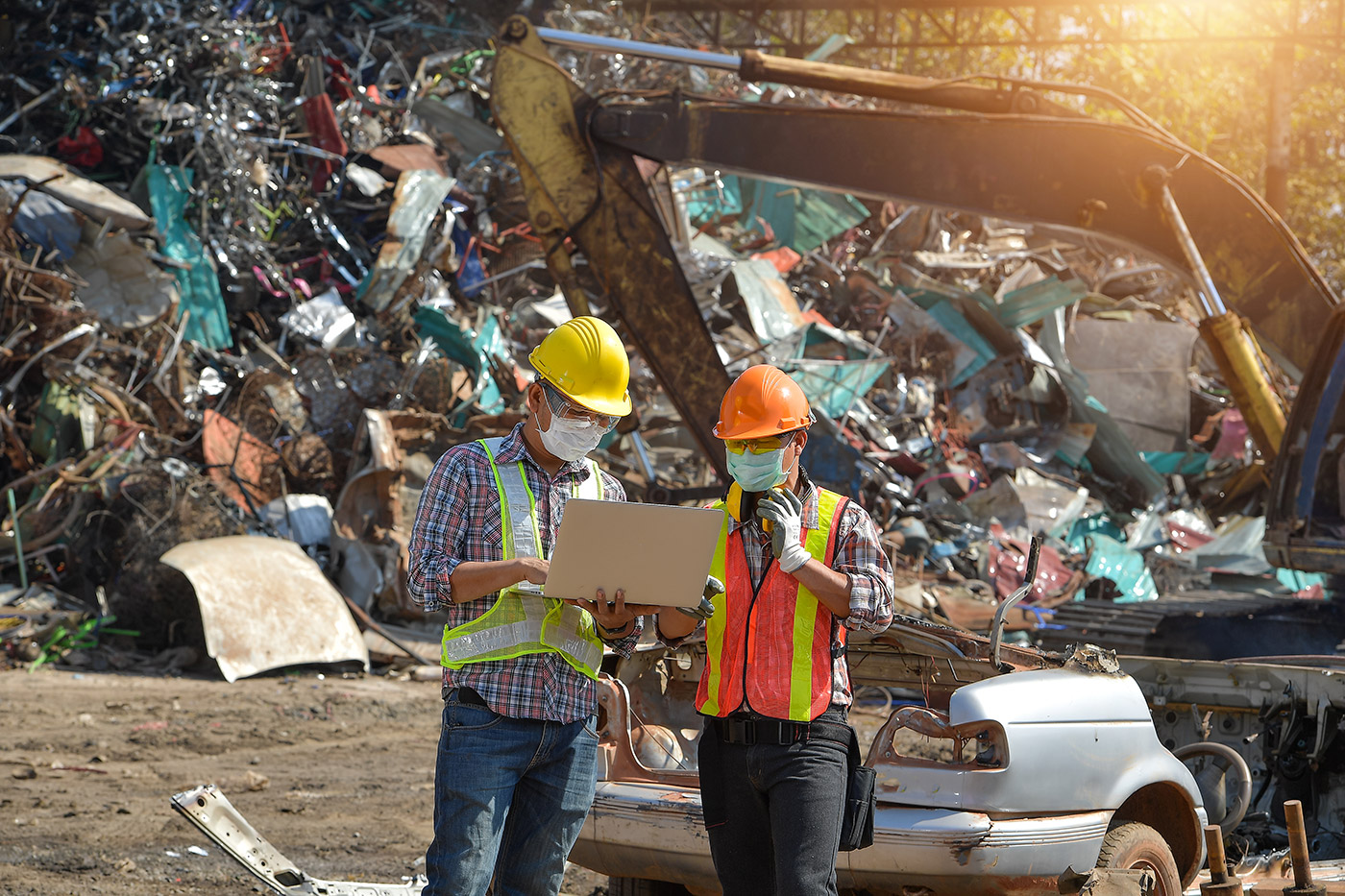As the world becomes more environmentally conscious, it’s crucial for developed countries to adopt sustainable ship dismantling practices. By following the technical guidelines for the environmentally sound management of ship dismantling published by the Basel Convention in 2003, developed countries can achieve recycling rates of up to 98%. Here’s a closer look at the process:
Inventory of Hazardous Substances: Prior to dismantling, an inventory of hazardous substances is compiled to ensure that all dangerous materials and liquids are removed before disassembly.
Dry Dock or Pier: The vessel is taken to a dry dock or pier, with a dry dock being considered more environmentally friendly. The carrier is then secured to ensure its stability.
Stripping the Ship: Workers use various tools, such as saws, grinders, and gas torches, to strip the ship down to a bare hull. Any valuable items, such as spare parts and electronic equipment, are sold for reuse.
Separating Hazardous Waste: The Basel Convention requires that all yards separate hazardous and non-hazardous waste and have appropriate storage units. Asbestos, found in the engine room, is isolated and stored in custom-made plastic wrapping prior to being placed in secure steel containers, which are then landfilled.
These sustainable ship dismantling practices are crucial for protecting the environment and worker safety. In fact, a study conducted by the European Commission found that the use of hazardous materials in ships and shipyards resulted in a total cost to society of €1.6 billion in 2018. By adopting sustainable practices, developed countries can reduce the cost to society and minimize their impact on the environment.
Furthermore, the economic benefits of sustainable ship dismantling cannot be ignored. A report by the International Labor Organization found that the global ship recycling industry generated over $6 billion in revenue in 2017. By ensuring that valuable items are sold for reuse and hazardous waste is properly disposed of, developed countries can contribute to the growth of this industry while also protecting the environment.
In conclusion, sustainable ship dismantling practices are crucial for protecting the environment, worker safety, and the economy. Developed countries must follow the technical guidelines published by the Basel Convention and adopt sustainable practices to achieve recycling rates of up to 98%. It’s time to prioritize sustainability in the ship dismantling industry.







